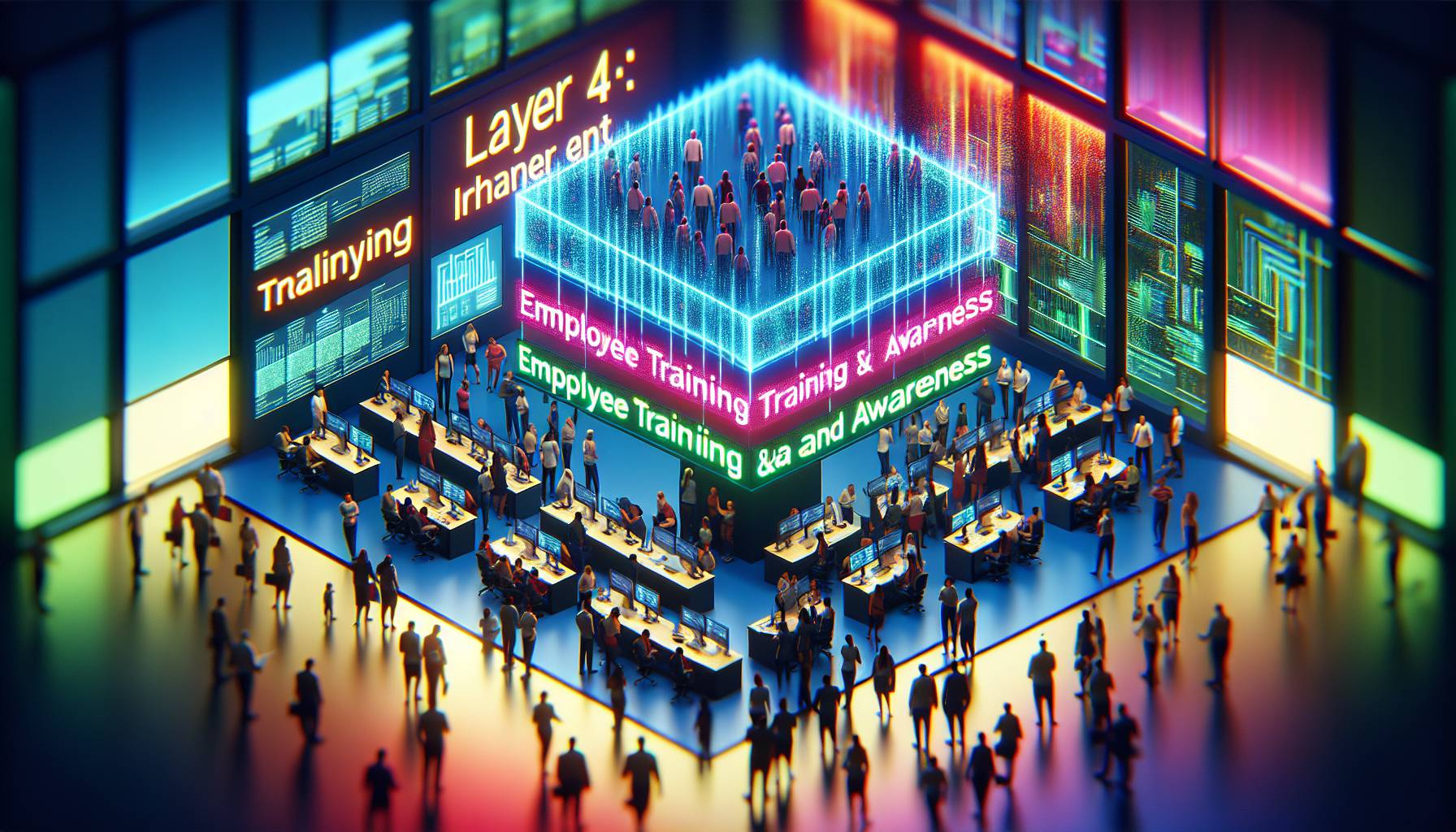Understanding the Fraud Landscape

Have you ever wondered just how many different ways a business can be taken for a ride. The way I see it, there’s this notion that fraud is one thing or even one person. More often than not it’s several layers deep and could involve collusion among multiple people, both within and outside the organisation.
While this might seem like a victimless crime because it’s faceless and usually against an entity as opposed to an individual, the repercussions are serious. There are different types of fraud and they are all fairly serious. The internal variety is where employees manipulate finances to embezzle money in some way or form.
Cheque tampering, payroll discrepancies, theft of inventory, and fudging expense accounts fall under this bucket. The way I see it, then there is the external variety that involves vendors, suppliers, third parties, or customers doing something similar, but through means such as cash theft or paying bribes in exchange for selling valuable information. And while these are the main types, there are plenty of ways people go about committing these crimes too.
It seems like cash theft is the most common offence but there’s also cheque tampering where an employee with access to company cheques authorises it for themselves or manipulates a legitimate cheque to either change who receives the funds or increase the value. Credit card fraud occurs when an employee uses company credit cards for their personal expenses. Another fairly common offence is expense account fraud where employees fudge receipts to get their own purchases reimbursed by the organisation. And then there’s payroll fraud which could involve any number of things including falsifying time sheets or requests for overtime pay, setting up fake bank accounts for payments in someone else’s name but essentially used by them, and more.
In some extreme cases even inventory can seemingly be stolen and recorded as defective product. The bottomline is businesses need to constantly be vigilant against criminal activity both on the inside and outside because being caught unaware could mean huge losses to the bottomline - not to mention damage caused by reputational risks that come with public knowledge of such incidents.
Layer 1: Enhanced Authentication Methods

Have you ever noticed how banks are always going on about the latest in password technology. Seems like every six months, we’re all being asked to tick another box or set up a brand-new login. It's as though they've become the digital world's equivalent of grumpy grandfathers telling us to lock the front door again after we've done it - twice.
But, why are they so insistent on making things complicated. Well, over time, criminals have outsmarted traditional systems, and a simple username and password just don’t cut it anymore. This is where enhanced authentication comes into play.
Enhanced authentication covers all things used to prove someone is who they claim to be in the digital world. It’s sometimes called strong authentication or multi-factor authentication because it’s often a combination of checks rather than just one thing. It's not enough anymore to ask for passwords; banks want biometrics, a passcode sent via SMS or email, and more - a “2 out of 3” sort of deal that blends something you know (a password or pin), something you have (like a one-time code generator or a device), and something you are (such as your fingerprint).
It used to be easy with just one password stored somewhere safe, but it’s obvious now that this isn’t enough - not for personal safety and certainly not for big money matters. While consumers tend to take the easy way out by reusing passwords, some even based on predictable information that makes them easy prey for fraudsters (like pet names), businesses can make enhanced authentication straightforward so their users don’t have to wrack their brains remembering ten different things. Banks shouldn’t take risks, because if a hacker gets through their systems, they aren’t the only ones who suffer - customers will face consequences too. Enhanced authentication is highly recommended because no matter how good a criminal is at hacking a system or conning people into giving out information, getting past at least two verification systems is close to impossible.
Layer 2: Real-Time Transaction Monitoring

Do you ever wonder how some businesses can detect fraudulent transactions instantly while others realise it days or weeks too late. That timing makes all the difference. Real-time transaction monitoring has become the watchful eye that never blinks and rarely misses a beat.
Monitoring every payment for unusual patterns, potential fraud indicators, or sudden red flags as they happen is now standard. There’s a certain amount of showmanship to it too. I’ve seen teams create elaborate visual displays of money flowing in real time, strings of green and red, shifting with each customer interaction.
It must feel like being on the bridge of a spaceship. And yes, for big retail brands, you need that level of sophistication. But for most brands, investing in some form of fraud monitoring is usually almost always worth it. Not being able to catch the signs and fix things proactively can have far larger costs.
Once customers find out about an issue - and they always do - regaining their trust can be impossible. Businesses that stay on top of shifting trends are more likely to stand out and succeed in the long run. If you’re choosing between time-consuming but functional software and real-time monitoring, go for the latter every single time. It seems like automation is the great leveller here and ignoring it can only hurt your business at this stage in history.
At the same time, you do need tech talent to oversee automation and check that everything is working as intended. Getting to a point where you can monitor transactions as they happen does take some setting up - but then, it saves both money and reputation points in the long run. Not a bad deal all things considered.
Layer 3: Advanced Data Analytics

Isn’t it a bit odd how – in the twenty-first century – no one really gets away with anything anymore. Well, at least not online. Because unlike before, there is a digital trail behind everything you do. Sort of.
This is where advanced analytics and artificial intelligence come in. They help you spot fraud, abuse, and other suspicious activity by paying close attention to these digital trails. If you’re a business, you must ensure that you’re aware of all the transactions that happen on your platform. But as more and more people enter your digital doors, it becomes increasingly difficult to keep track of everything.
And where there are gaps in awareness, there are opportunities for bad actors to take advantage. Whether it’s chargeback fraud or policy abuse – there’s a good chance that you might not be able to see what’s happening until it’s too late. Advanced data analytics sits at the heart of modern fraud prevention efforts because it can analyse large volumes of transactions and quickly connect the dots between seemingly unrelated activities.
It can help businesses like yours identify patterns between transactions – for example, if two different customer accounts are being used by the same device or if several IP addresses keep coming up against particular credit card numbers – and raise red flags when something looks off. You could say that the future of fraud prevention is evidently truly bright with advanced analytics. However, it also requires people at all levels of your company to have some understanding of what analytics does and how it works for them to truly benefit from it.
Layer 4: Employee Training and Awareness

How much do your employees know about the tactics scammers use to try and access your business. I ask this question because many owners and managers are arguably often surprised by what their staff are unaware of. A lot of people seem to think that scams won’t or can’t happen to them.
Or perhaps even more commonly, that they’ll know how to spot one a mile away. But unfortunately, that’s just not the case. For example, I’ve heard about businesses receiving emails from hackers claiming to be a manager or a business partner, asking for what seems like a legitimate transaction or favour. Sometimes it can usually even be as simple as providing an email address or phone number, which in turn opens up the opportunity for the hackers to get what they want from someone who does have access.
Once, I even sent out an email newsletter to my entire database and received about 20 phone calls from people asking if it was really me. Now, this is presumably good news - it means people have their guard up, which is important. But no matter how much security you have on your end as a business owner, if your employees aren’t aware of how scammers operate and aren’t able to spot red flags in everyday communications, you’re still at risk. This is why it’s so important to educate your team and create an open environment where learning about scams is prioritised.
Giving your employees the tools they need to be able to spot scams (i. E. , some form of education and training), will go a long way towards creating an extra layer of protection for you as a business owner.
Layer 5: Incident Response Planning

What do you do when something goes wrong. Who should be in the room to make decisions, and who’s running point on communication. And if there’s a major breach or loss, how will you take back control and re-instil trust in your customers. These are the sort of questions I’d ask if you wanted to set up an incident response plan.
I’ll admit, not many business owners enjoy having these conversations. But building a playbook for all things breach-and-hack can help you sleep better at night. And if or when something does go wrong, they’re a nifty tool to have on hand.
In fact, you could say that robust plans help you save face - more than anything else - because they let you buy yourself time, act quickly, and communicate with transparency. Of course, incident response can look different for every business and every stakeholder.
For instance, e-commerce businesses tend to take an inward-looking approach with most of their energies focused on restoring lost data or updating software. This is possible because customers are rarely involved in the first few hours after an attack is detected. Whereas retail brands (especially those that operate stores) might have to work quickly across multiple locations to prevent further losses while also immediately addressing customer concerns. If I were in your shoes, I’d go out of my way to rehearse these plans - at least a couple of times every year.
A live simulation can really change your perspective on what works and what doesn’t. More or less. And yes - part of planning is being open to flexibility and tweaks even after an incident has been dealt with because cyberattacks are constantly evolving with new tricks up their sleeve.


